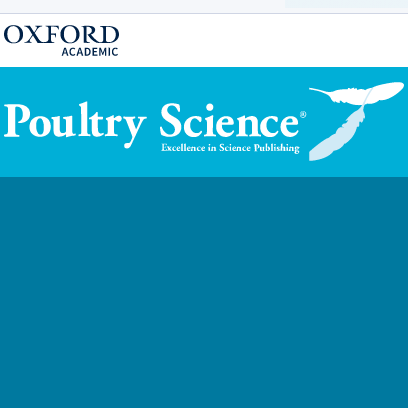The objective of modern pig production is to optimize the animals’ performance and the achievable economic gain by seeking a more sustainable mode of production. Since the supply of power constitutes the highest production cost, it makes sense to obtain the most out of what is fed to them, while minimizing waste and emissions. For many years, enzymes have been an important asset to achieve these goals.
Among the various enzymes that are available, phytases are regularly added to pig feeds and they are known to improve the digestibility of phosphorus, thus making it possible to limit the use of inorganic additives. However, the benefits of carbohydrase is not so well known, but adding multi-carbohydrases to pig feeds has been shown to increase protein and dry matter digestibility. A multi-enzyme complex improves the overall digestibility of feeds for pigs that have a cereal and soy-based diet and therefore increases the release of energy and amino acids.
To fully understand the overall effect of enzymes on the digestibility of whole pig feeds, it is essential to understand what constitutes the unused nutrient reserves and to understand the action of enzyme complexes.
It is well known that pigs and poultry are quite similar, from a digestive point of view, but the variability of the raw materials that are used in their diets as well as their longer growth times lead to certain differences. The objective here is to focus on the feeds and tests performed on the pig species in order to fully understand the Feedase effect on this species and the benefits associated with the use of multi-enzyme complexes.
Discover:

